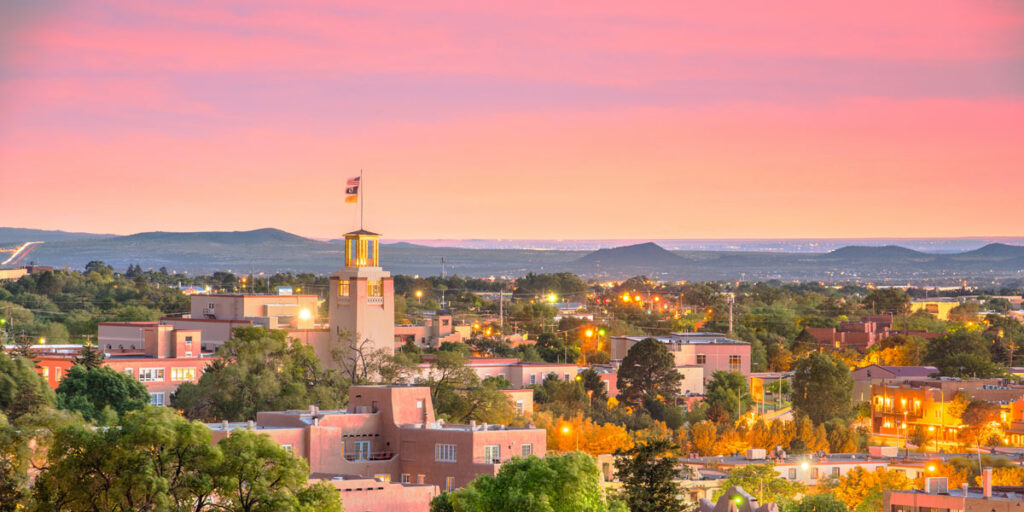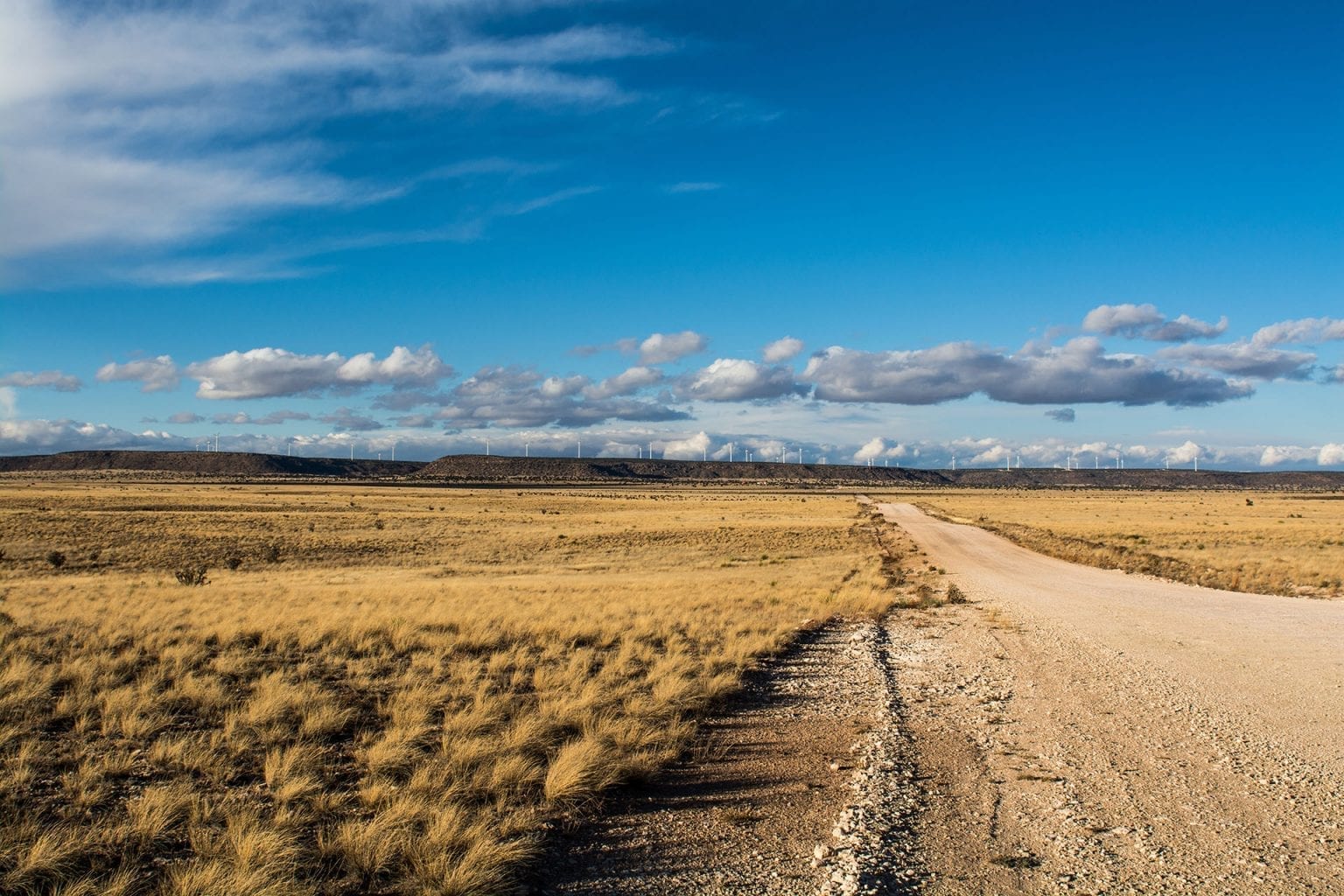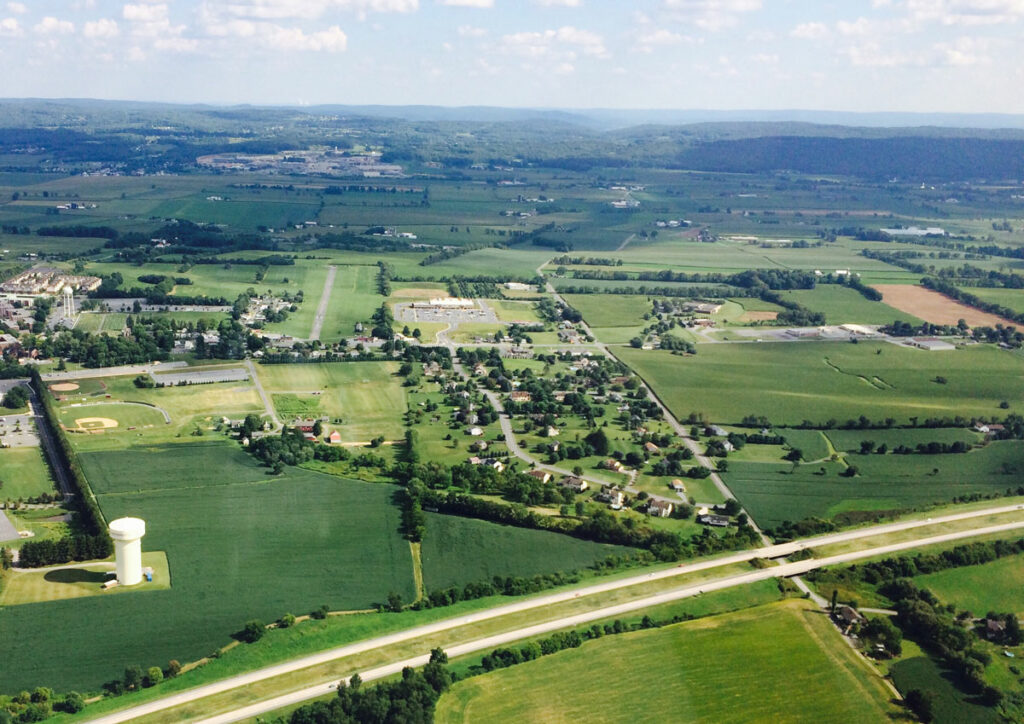If you are a New Mexico landowner with a powerline anywhere near your property, you may be getting some interest from solar developers to lease your property for a solar farm. While this may be a new concept to you, solar development has been steadily building across the country, and due to recent legislation passing, it is about to expand to New Mexico in a big way.
Here are a few things you should know before signing a lease with the first developer who knocks on your door.
Project Size Matters
The recent legislation that is promoting solar development is a community solar program which will probably be capped at 5 megawatt (MW) project sizes – equivalent to roughly 40 acres. This means a developer will NOT be able to build larger than that, so if you have a larger property, they won’t be able to lease more than a 40-acre footprint.
In the past two years there have been similar community solar initiatives in Colorado, Maryland, Illinois, and Massachusetts. And right now, Virginia and Pennsylvania are working through the process. The good news is that hopefully there has been a lot learned from the private and public sectors on how to successfully roll this out.
Prepare for Patience
It’s important to understand the development timelines for these types of projects. It would be great if you could decide you wanted to lease your property, construction started the next week, and you immediately start collecting rent. Unfortunately, like most development these days, there are hoops developers need to jump through, including securing an interconnection and power purchase agreement with the local utility, permitting and construction. Typically this process takes between 18-24 months to complete.
In 2021, the community solar program was signed into agreement, paving the way for solar in New Mexico. Then, on March 30, 2022, the Community Solar Rule was adopted, so development began. Since then, the solar market has boomed in New Mexico, making way for 6% of the state’s energy to be provided by solar. Qualified developers are eager to begin the development process and make investments now, beginning construction as soon as the land is ready and the legal documentation is complete.
Pick the Right Partner
Unlike evaluating a buyer for your home where the goal is pretty simple and a short time frame, finding a developer who can complete your project involves some shared risk and time. It’s very much a partner-type relationship. Bottom line, it will take time, money, and experience to complete a development, so you’ll want a partner with a positive track record in solar development. Given the national attention towards solar development in the past few years, there have been a lot of groups coming out of the woodwork who are just trying to jump into the game. We encourage you to be cautious and do your research prior to making any deals.
Timing is Key
While it is always prudent to explore all options and do the proper due diligence, there is a relatively short fuse on the opportunity to lease for solar. The biggest reason is the interconnection process with the utility. While the final regulations will vary, oftentimes the utilities accept applications on a first-come, first-served basis. The power lines will quickly become saturated with projects and the chance of project success is significantly reduced regardless of the property suitability.

If you own a significant amount of land in New Mexico near power lines and think your land could be a good fit for a solar farm, we encourage you to start educating yourself about the recent policies in your area or find a resource like NLR Solar to help guide you through the process. Scout Land Consultants exists to mediate the relationship between you, the landowner, and solar development companies to ensure the most successful and smooth solar project process possible.
Contact us today for a complimentary consultation and to discover if your land could be a prime candidate for this exciting new land use in New Mexico!



